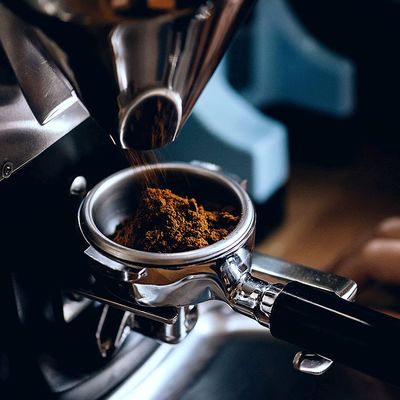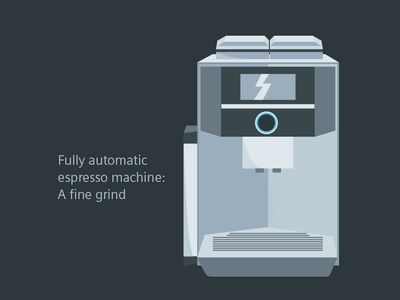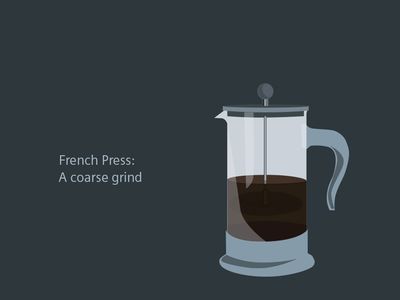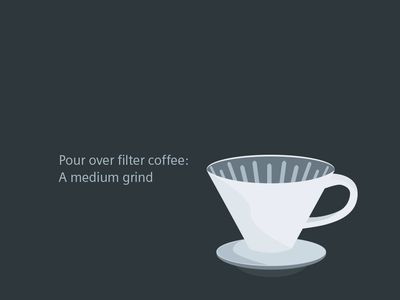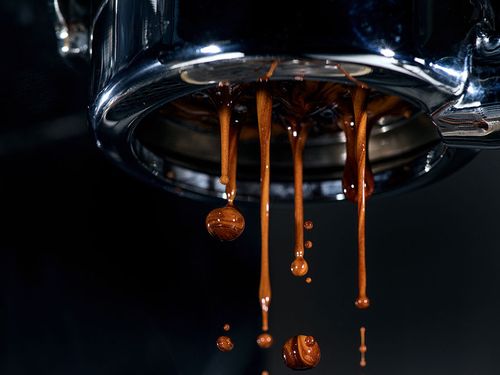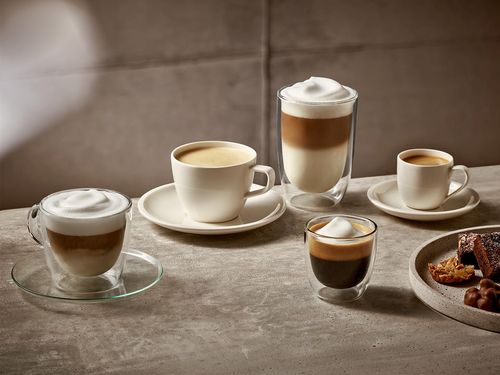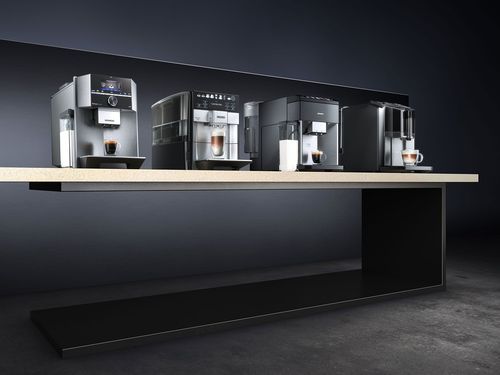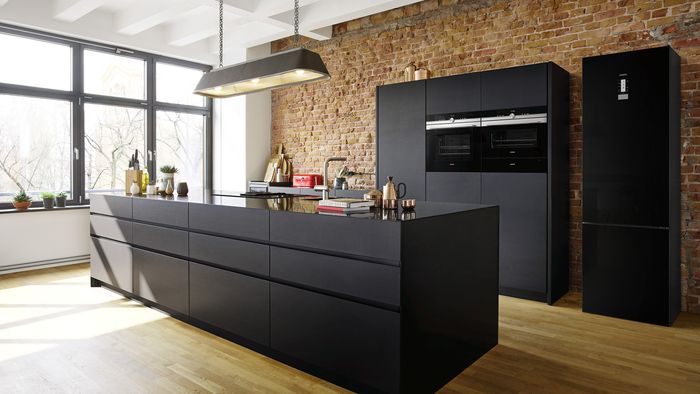There are many variables in creating a perfect coffee. The importance of grinding the coffee beans is often one that is overlooked. This is the first vital element in producing your ultimate cup of coffee, and should be done just before you are ready to brew. Discover the importance of grinding your own coffee beans, the different types of grinders and how to select the degree of grinding required, depending on your coffee beverage.
The golden rules.
The different types of coffee grinders.
Blade grinders.
More affordable than burr grinders, blade grinders consist of a sharp blade at the bottom of a chamber that spins rapidly, chopping the coffee beans into small pieces. Unfortunately, this grinding method produces coffee grounds of uneven shapes and sizes, and adjusting the fineness or coarseness is rather difficult.
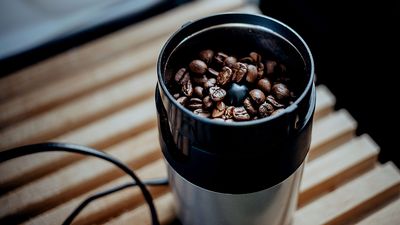
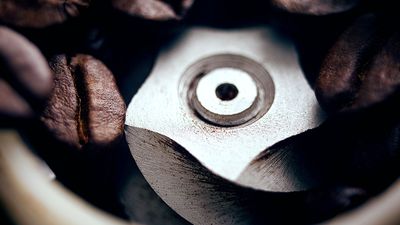
Burr grinders.
The major advantages of free-standing burr grinders over blade grinders are versatility and accuracy. A burr grinder has two revolving burrs that grind coffee beans into even-sized size particles. The burr position can easily be adjusted for any brewing method. Burr grinders provide an extremely precise, even grind.
Ceramic grinders.
Selected Siemens coffee machines feature the high-quality ceramDrive ceramic grinder. The coffee beans are ground very evenly and the flavour and aroma of the coffee is ensured. The ceramic components are more wear-resistant than steel, and the ceramDrive ceramic grinder ensures consistent grinding results over a long period of time.
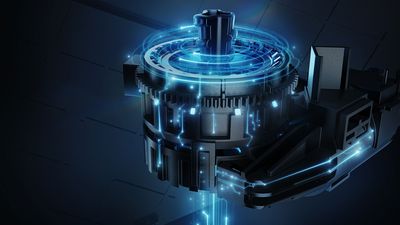
Grinding degrees.
The degree of your coffee grind can have a dramatic effect on the aroma and taste of your cup of coffee. Even the highest quality beans can result in an inferior coffee if the coffee beans are not ground correctly.
The goal is optimal coffee extraction, which is the process of dissolving soluble flavours from coffee grounds in water. Grounds that are too coarse result in under extraction, so not enough flavour is extracted, this causes an acidic, sour taste. Over extraction is caused by grounds that are too fine, too much flavour has been extracted, resulting in a hollow and bitter taste.
The surface area of finely ground coffee is larger than coarsely ground coffee, therefore more ingredients are dissolved out.
Obviously, different brewing methods require different degrees of grinding, it all depends on the length of time the coffee remains in contact with water, and personal taste preferences.
Extra fine is ideal for Turkish Coffee, coffee beans for Espresso and a Moka Pot should be finely ground, Pour Over Filter Coffee and Siphon Coffee requires a medium grind, through to coarse for a French Press and extra coarse for Cowboy Coffee.
An automatic coffee machine will quickly and efficiently grind fine to medium grounds. Finding the perfect balance between the grinding degrees of fine, medium and coarse will result in the ultimate coffee experience.

